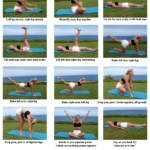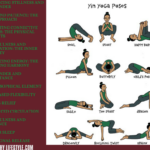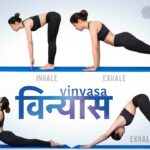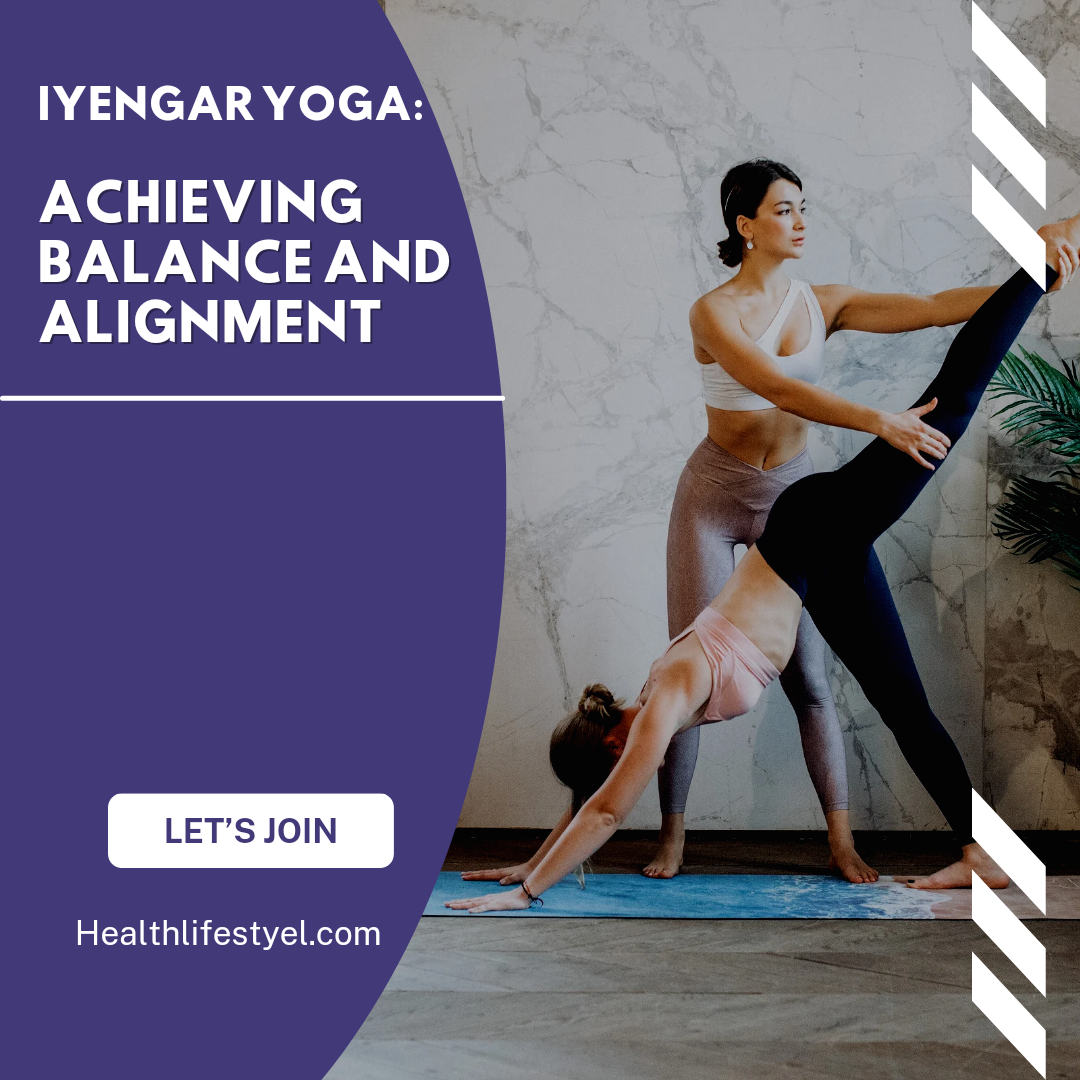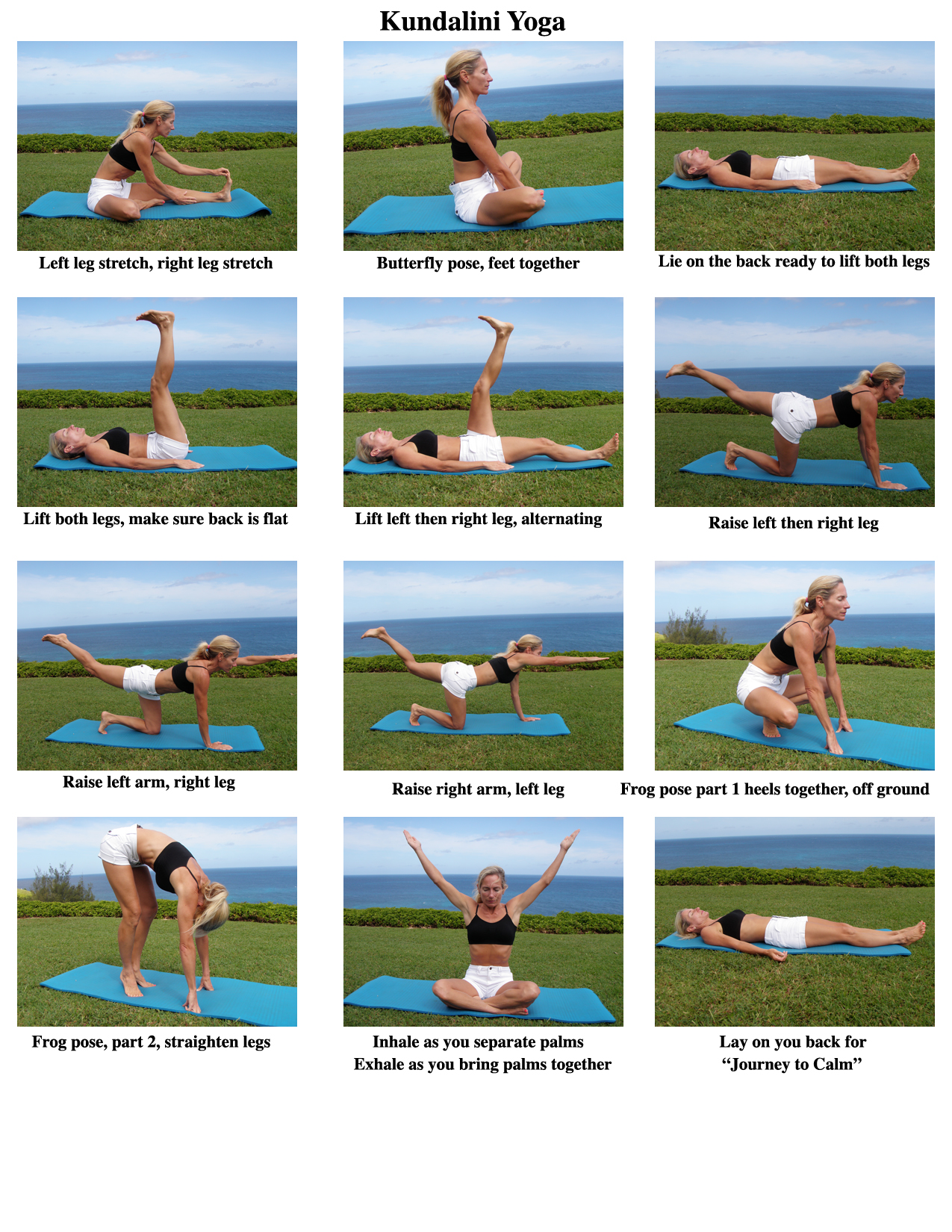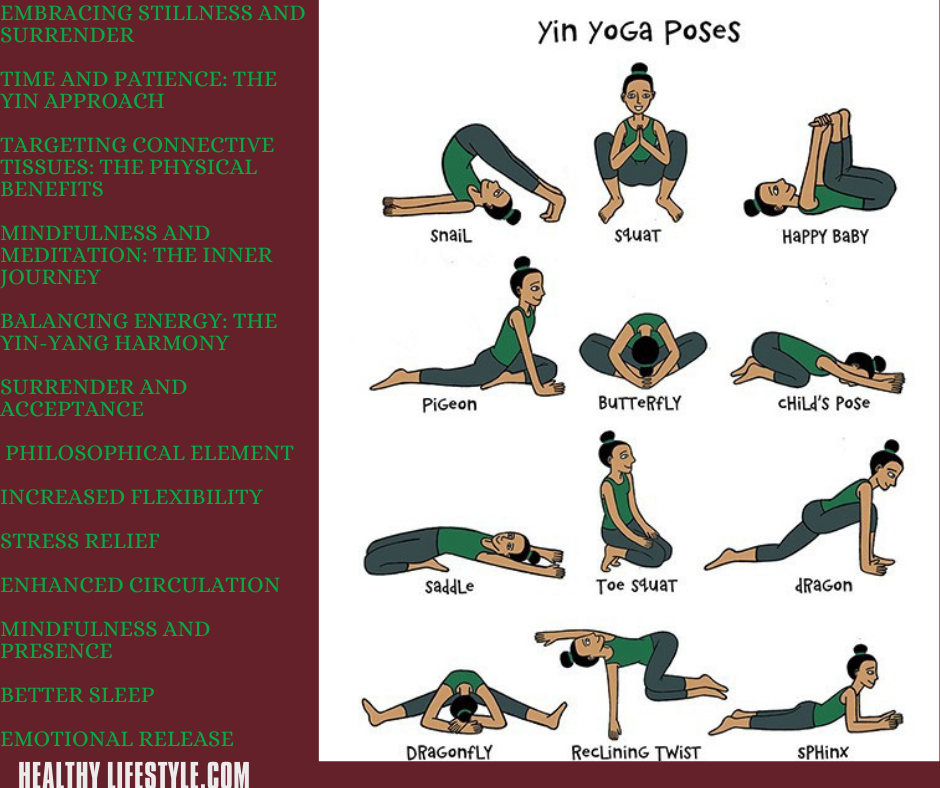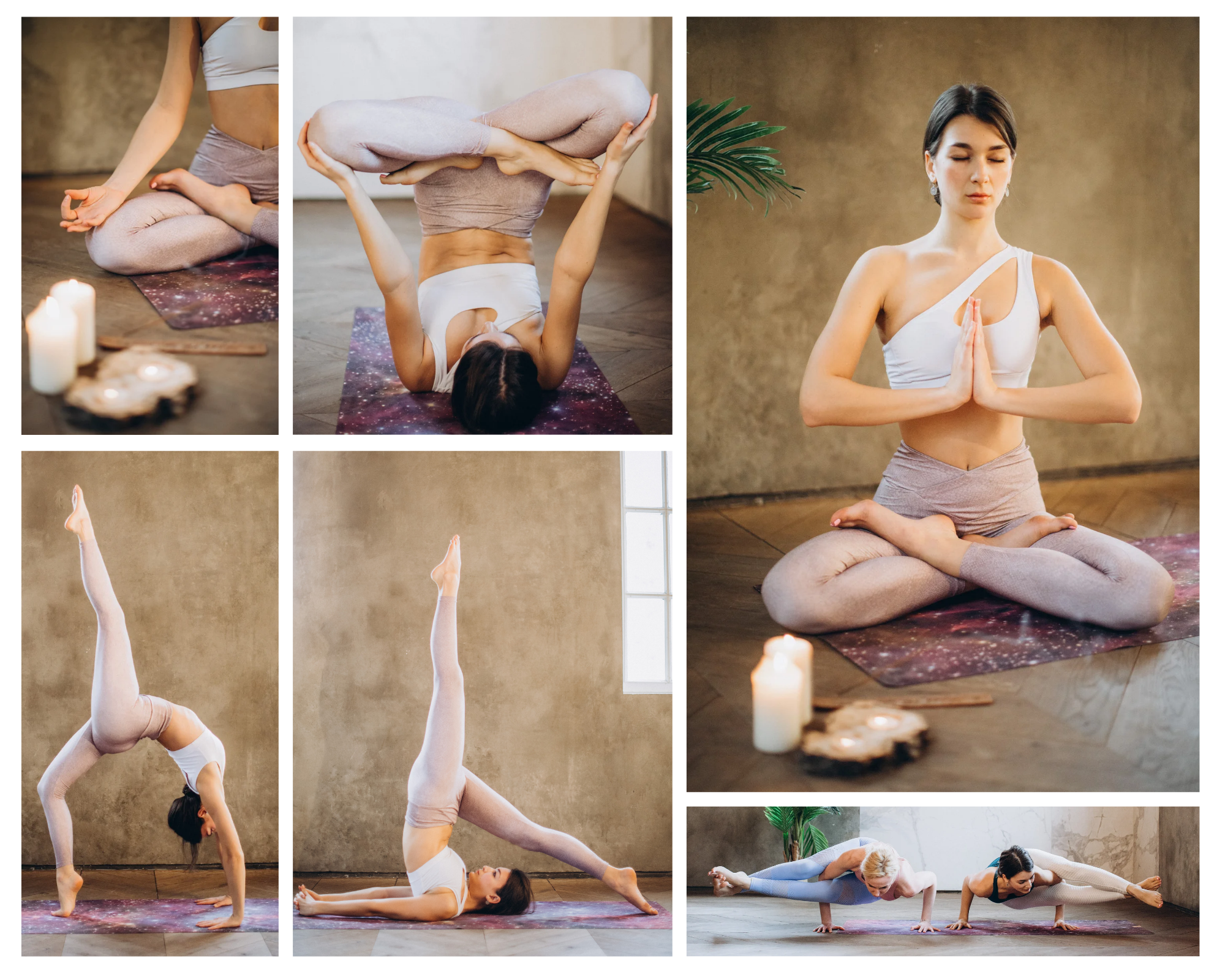Introduction to Iyengar Yoga
Iyengar Yoga is a form of Hatha Yoga that prioritizes the precise alignment of the body in each posture, allowing practitioners to achieve optimal physical and mental balance. Developed by B.K.S. Iyengar, this style of yoga has gained worldwide recognition for its unique approach. Iyengar Yoga goes beyond the physical aspects of yoga; it integrates philosophy, breath control (pranayama), and meditation to create a holistic practice that benefits both the body and mind.
The Core Principles of Iyengar Yoga
Iyengar Yoga is founded on several core principles that guide practitioners in their journey towards better alignment and balance:
1. Alignment:
Iyengar Yoga places great emphasis on precise alignment in each posture. By aligning the body correctly, practitioners reduce the risk of injury and experience a deeper connection to the asanas (postures).
2. Props Usage:
The use of props such as blocks, straps, and blankets is a hallmark of Iyengar Yoga. Props help practitioners of all levels achieve proper alignment and experience the benefits of each posture more effectively.
3. Sequencing:
Postures are sequenced strategically to create a balanced practice that targets various muscle groups. This sequencing also ensures that the body is adequately prepared for deeper poses.
4. Timing and Awareness:
Iyengar Yoga encourages practitioners to hold postures for longer durations. This extended time in each pose promotes increased awareness of the body’s sensations and alignment, leading to a mindful practice.
5. Breath Control (Pranayama):
The integration of pranayama techniques cultivates breath awareness and control. This not only enhances the practice but also calms the mind and reduces stress.
Exploring Iyengar Yoga Postures
Iyengar Yoga features a wide range of postures that cater to practitioners of varying skill levels. These postures, when practiced consistently and correctly, offer numerous benefits:
Iyengar Yoga
Experience the transformative power of Iyengar Yoga as you align your body, mind, and spirit. With a focus on precise alignment, this style of yoga brings balance, flexibility, and strength to your life.
Standing Poses:
Standing poses like Tadasana (Mountain Pose) and Virabhadrasana (Warrior Pose) improve posture, strengthen the legs, and enhance overall body awareness.
Seated Poses:
Seated poses such as Baddha Konasana (Bound Angle Pose) and Paschimottanasana (Seated Forward Bend) promote flexibility in the hips and hamstrings while calming the mind.
Backbends:
Backbends like Bhujangasana (Cobra Pose) and Ustrasana (Camel Pose) open the chest, improve spinal flexibility, and invigorate the body.
Forward Bends:
Forward bends such as Uttanasana (Standing Forward Bend) and Janu Sirsasana (Head-to-Knee Forward Bend) release tension in the spine and hamstrings.
Inversions:
Inversions like Sirsasana (Headstand) and Sarvangasana (Shoulderstand) reverse blood flow, improve circulation, and promote mental clarity.
Restorative Poses:
Restorative poses like Supta Baddha Konasana (Reclining Bound Angle Pose) and Savasana (Corpse Pose) provide deep relaxation and rejuvenation.
Frequently Asked Questions (FAQs)
How is Iyengar Yoga different from other yoga styles?
Iyengar Yoga stands out for its emphasis on precise alignment, use of props, and prolonged posture holds. This methodical approach distinguishes it from other yoga styles and contributes to its effectiveness.
Can beginners practice Iyengar Yoga?
Absolutely! Iyengar Yoga is accessible to practitioners of all levels. The use of props and detailed instructions make it especially beginner-friendly.
Is flexibility a requirement for Iyengar Yoga?
No, flexibility is not a prerequisite. Iyengar Yoga actually helps improve flexibility over time through its focus on proper alignment and gradual progression.
How can I benefit from Iyengar Yoga?
Iyengar Yoga offers a wide range of benefits, including improved posture, enhanced flexibility, increased strength, stress reduction, and a heightened sense of well-being.
Are props necessary for practicing Iyengar Yoga?
While props are commonly used in Iyengar Yoga, they are not mandatory. Props provide support and aid in alignment, making the practice accessible and effective for practitioners of varying abilities.
How can I find a qualified Iyengar Yoga instructor?
To find a certified Iyengar Yoga instructor, look for reputable yoga studios or centers that offer classes taught by certified teachers. You can also refer to the official Iyengar Yoga website for a list of certified teachers.
Conclusion
Iyengar Yoga offers a transformative journey towards balance, alignment, and holistic well-being. With its emphasis on precise alignment, use of props, and incorporation of breath control and meditation, this style of yoga goes beyond physical postures to nurture the mind and spirit. Whether you’re a beginner or an experienced practitioner, Iyengar Yoga welcomes you to explore its principles and experience the profound benefits it brings



